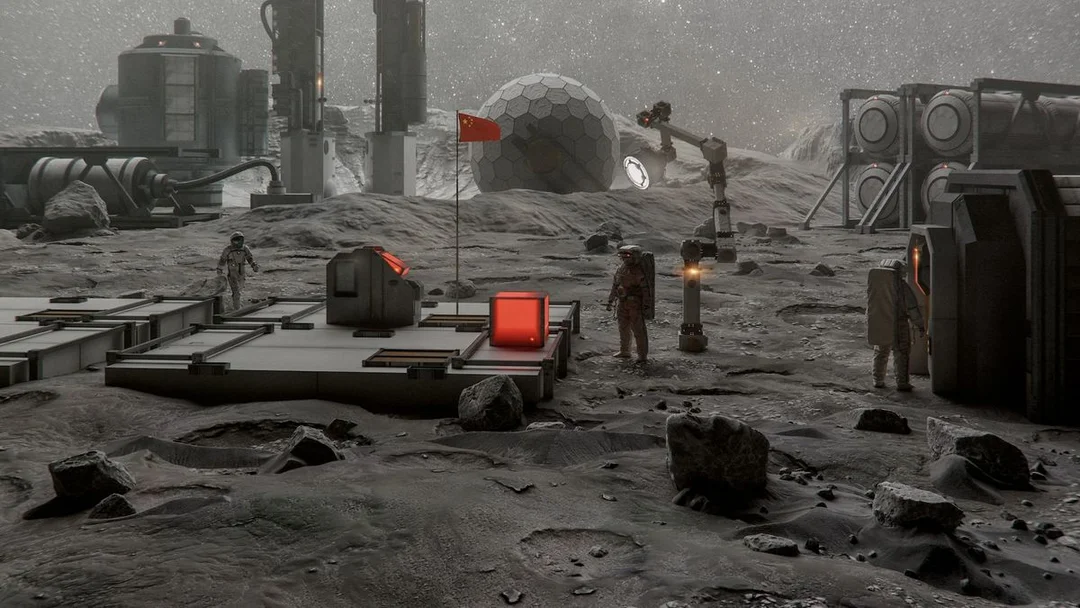
China and Russia Team Up to Build Lunar Nuclear Power Plant, Raising Stakes in Space Race
The race to conquer the moon is heating up! China and Russia have announced a groundbreaking agreement to construct a nuclear power plant on the moon, potentially shifting the balance of power in lunar exploration. This ambitious project, aiming for completion by 2036, has sparked a global discussion about the future of space exploration and the competition for lunar resources.
According to a memorandum of cooperation, the Russian-built reactor will power the International Lunar Research Station (ILRS), a joint venture between China and Russia. Yury Borisov, director general of Roscosmos, stated that the construction would likely be carried out autonomously, showcasing advanced robotics and automation capabilities.

The ILRS has already attracted 17 countries, signaling a broad international interest in lunar research and development. China's Chang'e-8 mission, slated for 2028, will be a pivotal step, potentially marking China's first manned landing on the lunar surface.
While China and Russia forge ahead, NASA's Artemis program, which aims to return astronauts to the moon, faces uncertainty. Proposed budget cuts have put the Gateway lunar space station, a key component of Artemis, in jeopardy. This contrast highlights the diverging paths and priorities in the global space race.
The ILRS roadmap, unveiled in 2021, outlines a phased approach, beginning with robotic construction using super heavy-lift rockets between 2030 and 2035. The ultimate goal is to create a permanent, manned lunar base, potentially laying the groundwork for future Mars missions. This base will leverage solar, radioisotope, and nuclear generators, demonstrating a commitment to long-term sustainability.

The race for lunar resources is also a driving factor. The moon holds valuable minerals and the sought-after helium-3 isotope, which some scientists believe could revolutionize energy production. Access to these resources could significantly impact global energy security and technological advancement.
The collaboration between China and Russia has geopolitical implications. Some analysts suggest this partnership could reshape the balance of power in space exploration and create new alliances. As the lunar ambitions of these nations grow, the United States and other countries may need to reassess their strategies to maintain influence in space.
The news has left the U.S. in total shock. The advancements and speed at which China has become a space contender over the past two decades are remarkable. From launching the first astronaut in 2003 to landing a rover on Mars, China is now poised to build a nuclear power plant on the moon.
Will this Sino-Russian lunar initiative spark a new era of international cooperation or intensify the competition for space dominance? How will the United States respond to this bold challenge? Leave your thoughts and predictions in the comments below!